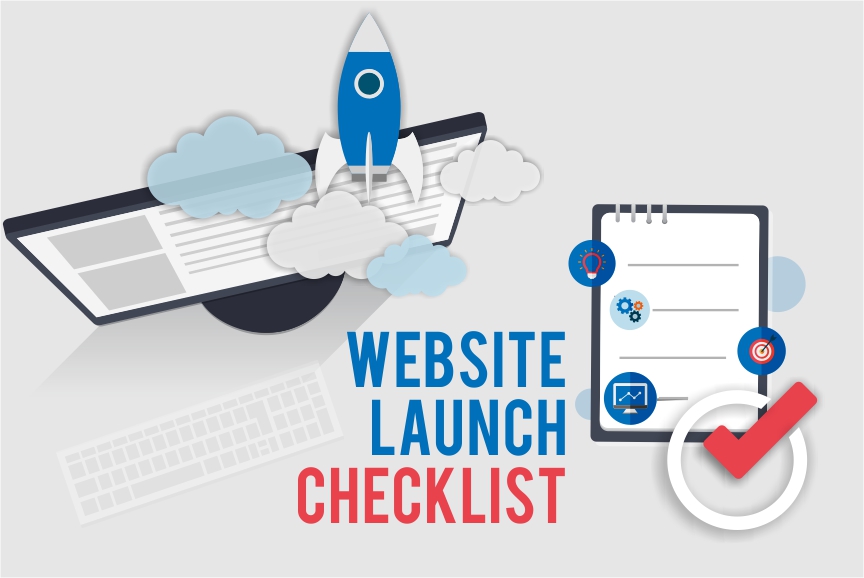Here’s a website launch checklist prepared for you by InternetDevels Drupal development company.
Your new website deserves to be perfect from the start. From its launch it should be a triumph of great quality and classy design. No faults allowed! However, in the pre-launch rush it is very easy to overlook important details.
Internet users don’t like excuses :) It is crucial to make a good first impression on them. So keep calm and check on everything.
Functionality and design
Here’s where the heart of your website is. Every feature should be working smoothly and just as expected, while all the design elements should look great on different kinds of devices. Let’s delve into some functionality and design details.
- CSS and HTML should be validated.
- You should compress your HTML, CSS, and JavaScript files.
- Test if all forms and fields are working as expected.
- Delete the unnecessary test pages, test users, and the development URL.
- Make sure to make regular backups of your website.
- Test your website speed and do your best for its optimization.
- Make sure your website is displayed and works well in all browsers and on different devices (desktops, tablets, mobile phones).
- Provide an informative 404 page.
- Create a Favicon.
- Make sure the logo leads to the main page.
- See if all social media links are working smoothly.
Content
This aspect is overlooked frequently, and regarded as less significant compared to the development and design of your web page. However, the content on your website tells a lot about your professional level.
Of course, you can add content anytime after the website launch (or do it regularly) but it’s great if your website is interesting from the start and, of course, doesn’t have any errors.
- Make sure all the grammar, spelling, punctuation and capitalization rules are observed. It’s a good idea to find an editor for that.
- Don’t forget to remove the “lorem ipsum” texts used during the development stage
- The formatting (paragraphs, lists, headings) should also be correct.
- The images, audio and video files should be in the right format and work well on all devices.
- The copyright dates across the website should be included in the current year.
- Make the content useful and unique. This will do a world of good not only for your popularity, but also for your search engine rankings which will be discussed in the next paragraph.
SEO
Prepare your website for a long-term “friendship” with search engines. Today, this means including useful and relevant content above all. Search engines show interesting websites higher by identifying which page visits have been “fruitful” for users. But there are a lot of smart techniques you can use to boost results.
- Discover what keywords might work well for the products or services you offer.
- Provide meta information containing keywords for every page (meta titles, meta descriptions and meta keywords), make sure it is relevant, check its spelling.
- The URLs should be human-readable and informative.
- Create an XML sitemap and submit it to search engines. Place the robots.txt file in the root directory and set it up properly.
- Think of the proper structure of H1-H6 tags and their logical sequence.
- Make sure ALT tags are provided for all images.
- Use a 301 redirect for old or irrelevant pages.
- Test where all the internal and external links are leading, make sure they open in a new tab.
- Check for broken links and fix or delete them.
- All pages across the website use just one URL version (the WWW or the non-WWW).
- Check for duplicate pages, fix or delete them.
- Set up your Google Analytics account to monitor your website’s statistics.
Does everything check out? Now you are ready to impress your customers with a flawless website. We wish you an amazing start!

